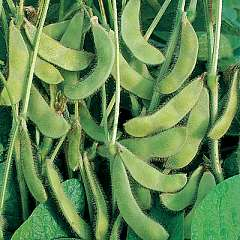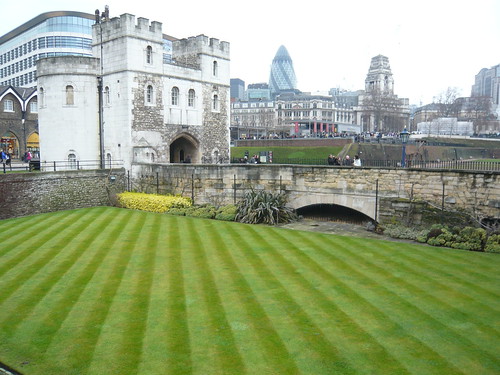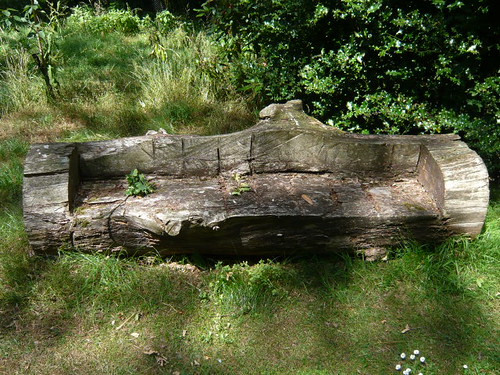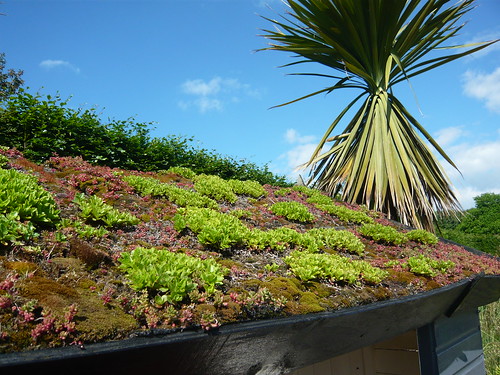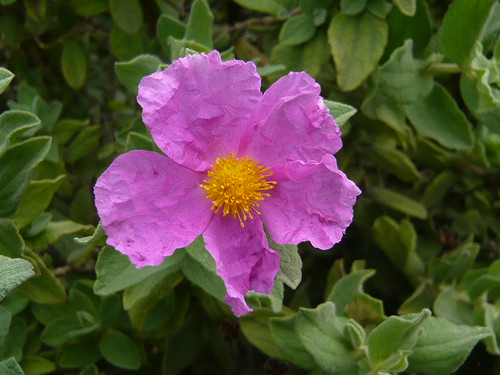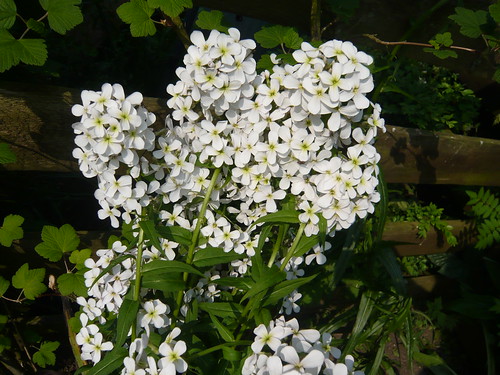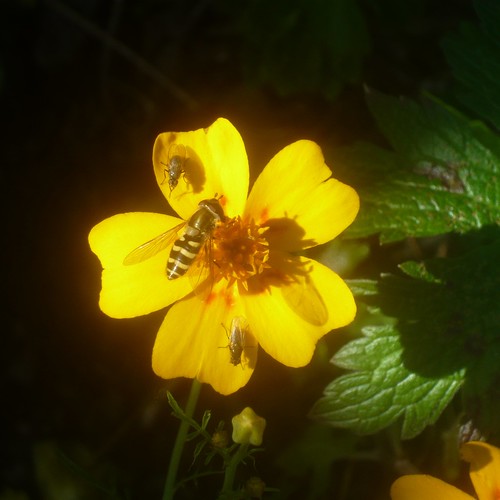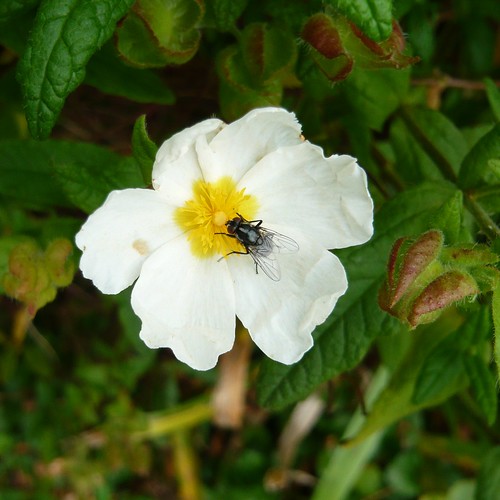
Vegetation of open habitats can be an interesting form of study for the keen gardener. Knowing what grows where in the wild, inform us about our own harden habitats.
Develop an understanding of ecology and wild plant development to augment your gardening interests.
Plant Habitat Classifications
Plants growing in the wild are found in several types of location that have been classified below.
- Mires and heaths
- Woodland and scrub
- Grassland
- Aquatics
- Maritime
The authoritative texts are written by J S Rodwell provide a framework for a wide variety of teaching, research and management activities in ecology, conservation and land-use planning.

There are sub-classifications including geological, geographical and environmental.
These situations include:-Â Height above sea level, rainfall, wind direction and strength. Soil fertility, cultivation practices now and in the past all can play a part.
If you want to develop an area then chose an appropriate classification and research what grows well in similar areas and circumstances. Try not to fight nature (you know who will win). Work with the climate and landscapes and try not to force plants into an unnatural habitat.
